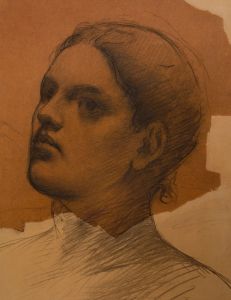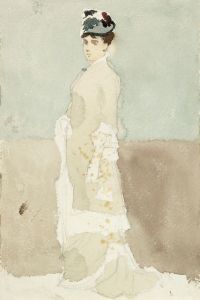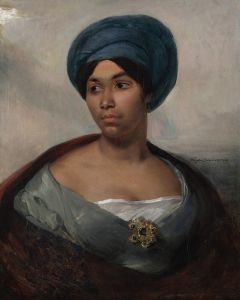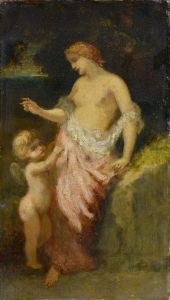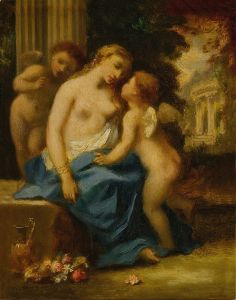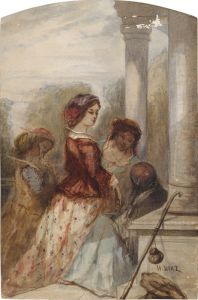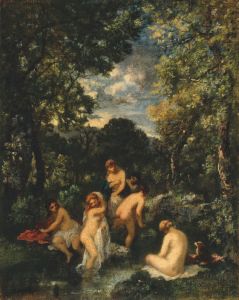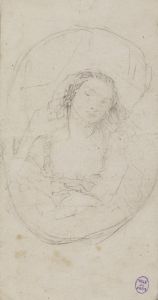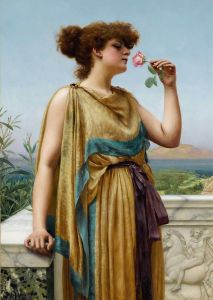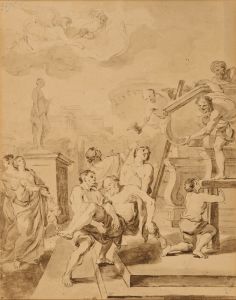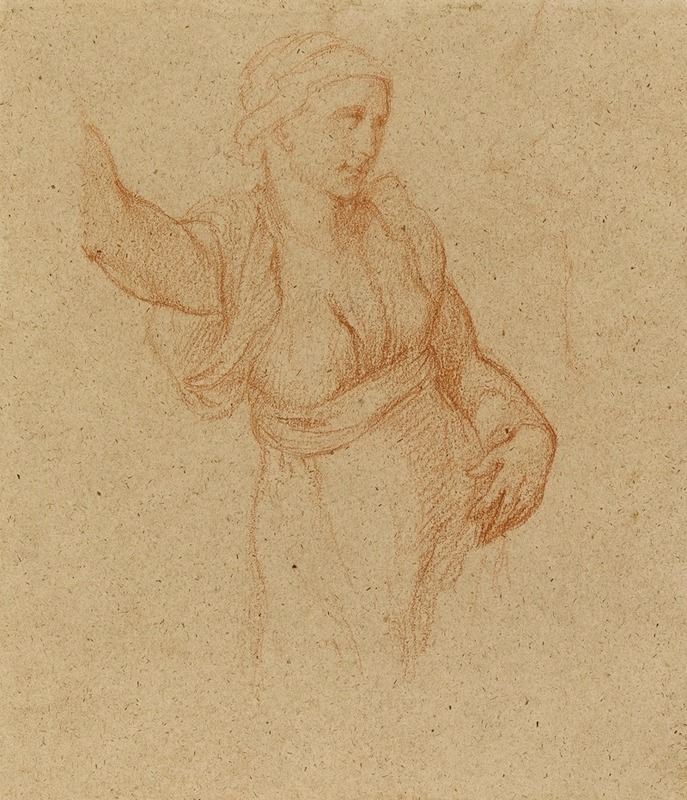
Etude de femme drapée
A hand-painted replica of Narcisse-Virgile Diaz de La Peña’s masterpiece Etude de femme drapée, meticulously crafted by professional artists to capture the true essence of the original. Each piece is created with museum-quality canvas and rare mineral pigments, carefully painted by experienced artists with delicate brushstrokes and rich, layered colors to perfectly recreate the texture of the original artwork. Unlike machine-printed reproductions, this hand-painted version brings the painting to life, infused with the artist’s emotions and skill in every stroke. Whether for personal collection or home decoration, it instantly elevates the artistic atmosphere of any space.
Narcisse-Virgile Diaz de la Peña (1807–1876) was a French painter associated with the Barbizon School, a group of artists known for their focus on naturalistic landscapes and scenes of rural life. Among his works is the painting titled Étude de femme drapée (Study of a Draped Woman). This artwork reflects Diaz de la Peña's interest in figure studies, a subject he explored alongside his more well-known landscape paintings.
Étude de femme drapée depicts a female figure draped in flowing fabric, rendered with a focus on texture, light, and form. The painting exemplifies Diaz de la Peña's skill in capturing the interplay of light and shadow, a hallmark of his artistic style. While he is primarily celebrated for his landscapes, Diaz de la Peña also created numerous figure studies, often characterized by their romantic and idealized qualities. These works demonstrate his ability to convey the softness and fluidity of fabric, as well as the grace and poise of the human form.
The exact date of creation for Étude de femme drapée is not definitively documented, but it is consistent with Diaz de la Peña's broader body of work, which spans the mid-19th century. The painting is an example of his versatility as an artist, showcasing his interest in both the natural world and the human figure. It also reflects the influence of Romanticism, a movement that emphasized emotion, beauty, and individual expression, which was prominent during his lifetime.
Diaz de la Peña's works, including Étude de femme drapée, are held in high regard for their technical mastery and artistic sensitivity. His contributions to the Barbizon School helped pave the way for later developments in French art, including Impressionism. Today, his paintings can be found in major museums and private collections around the world, though specific details about the current location or ownership of Étude de femme drapée are not readily available.
In summary, Étude de femme drapée is a testament to Narcisse-Virgile Diaz de la Peña's artistic range and his ability to capture both the natural and human elements with elegance and depth. The painting remains an example of his dedication to exploring the beauty of light, texture, and form in his art.





